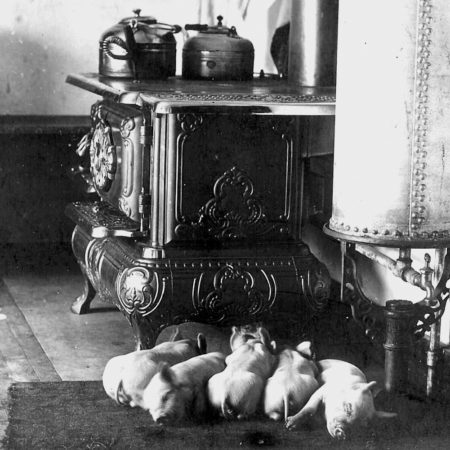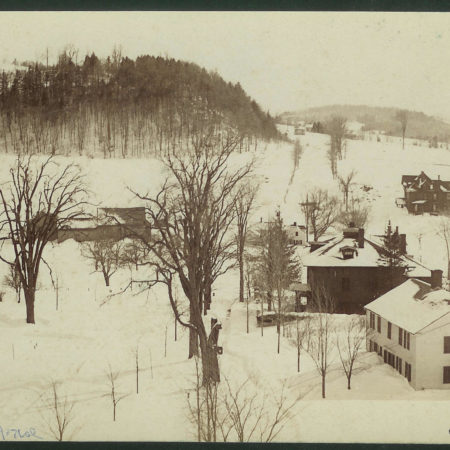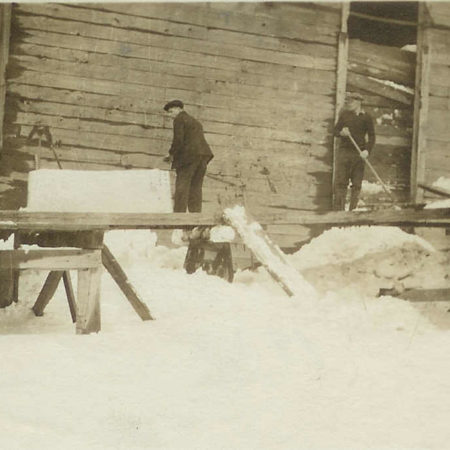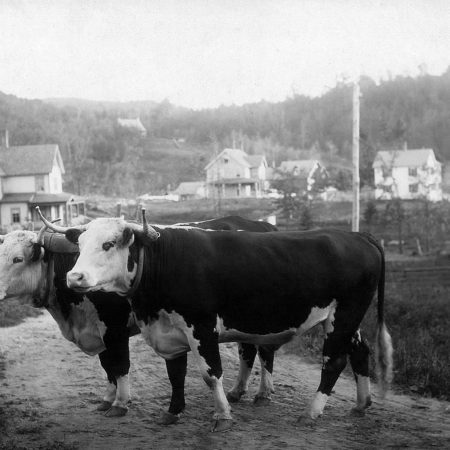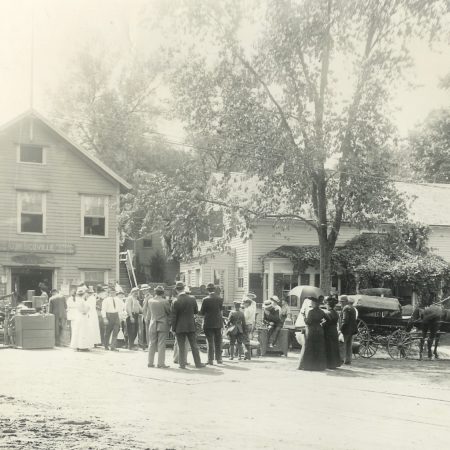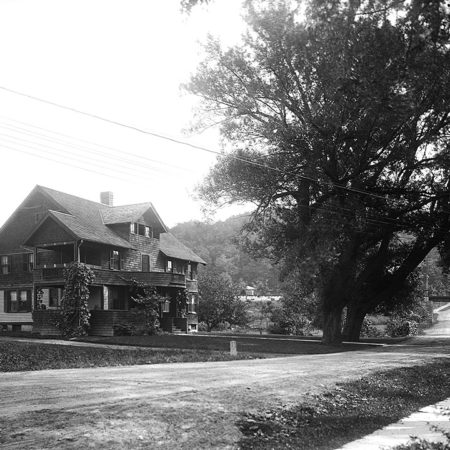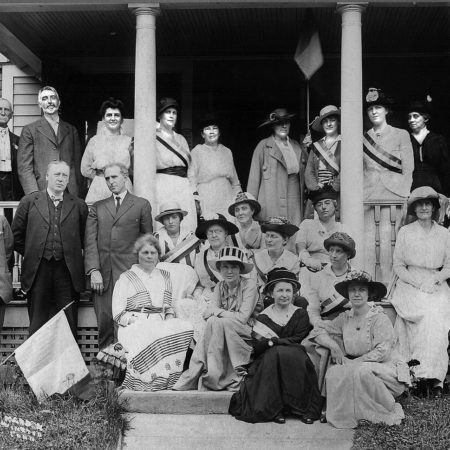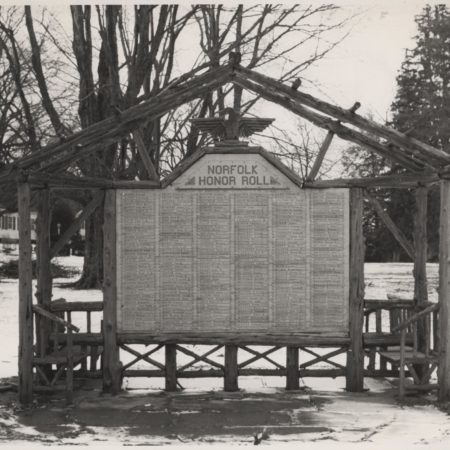Norfolk Then . . .
This photograph is one of many Marie Hartig Kendall (1854-1943) took of Norfolk farm scenes around the turn of the last century. Born in France, Marie trained as a nurse at Bellevue Hospital after moving to New York in the 1870s. Before graduating, however, she was dismissed for having become engaged to Dr. John C. […]
Norfolk Then . . .
From Mother Goose to Ogden Nash, March winds have been the poet’s muse. In the familiar nursery rhyme, they bring April showers and May flowers. In 1888, however, March winds brought in the biggest blizzard to hit the Northeast in recorded history. Beginning on March 12, the storm lasted three days and crippled the region […]
Norfolk Then: Ice blocks from the “Icebox”
Harvesting ice was an important industry in Norfolk before the advent of mechanical refrigeration, and frozen ponds were kept free of snow not for skating, but to keep the ice from getting soft before the harvest. The Norfolk Ice Company operated on Pond Hill Pond, just east of town. There the ice froze especially thick; […]
Norfolk Then . . .
The auction is about to begin, as potential buyers browse among an assortment of furniture in front of George W. Scoville’s store on Greenwoods Road near the corner of the Green. Scoville was a dealer in furniture and upholstery as well as town undertaker and funeral director. The store no longer stands, but Scoville’s house, […]
Norfolk Then . . .
When the railroad was constructed in Norfolk, it was necessary to build several crossings, such as the bridge over Litchfield Road seen in the background of this photograph. The house in the foreground, still standing opposite the entrance to Mountain Road, was the home of postmaster Leo Curtiss and called Twin Willows. The railroad route […]
Norfolk Then…
Freight trains lumbered through Norfolk on a daily basis in the early 20th century, transporting anthracite coal from Pennsylvania. The trains could be more than 20 cars long and usually required a second engine or pusher to get the heavy load up the hills to Norfolk. The freight station, pictured on the right, was […]
Norfolk Then . . .
One of the earliest photographs of Norfolk was taken in 1878 from the location of the present post office. It shows a barren village center. Visible in the background are familiar Norfolk landmarks: the Congregational Church and Whitehouse. Buildings such as the Royal Arcanum that now line Station Place had yet to be built, and […]
Norfolk Then . . .
This 1917 photograph is a timely reminder of the long struggle fought by many dedicated women for basic civil liberties, including the right to own property, hold public office, sit on juries, participate in public assemblies and vote. The group of 25 suffragists—20 women and five men—gathered on the porch following their meeting with Congressman […]
Norfolk Then . . .
The precursor to the Honor Roll Monument on the village green was this rustic log structure designed by architect Alfredo Taylor in 1946 to commemorate those who served in World War II. Four Norfolk men were killed following our country’s entrance into that war after the bombing of Pearl Harbor, 75 years ago. Three of […]
